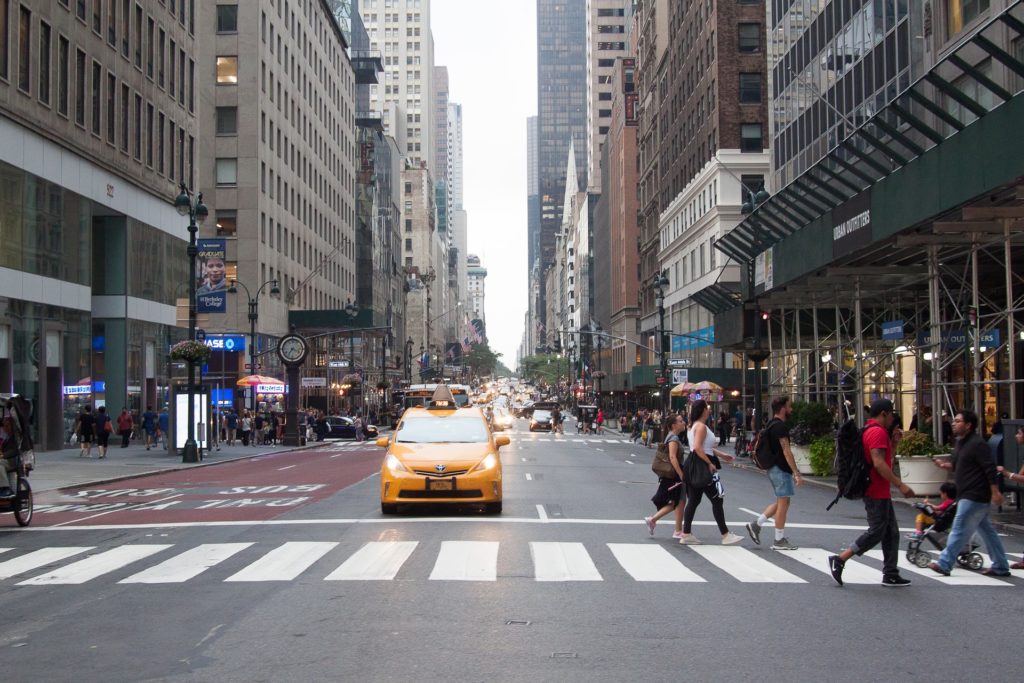AEB Regulation Proposal: A Monumental Advancement for Road Safety

June 10, 2023
In an unparalleled move towards bolstering safety on our roads, the National Highway Traffic Safety Administration (NHTSA) is proposing a ground-breaking regulation. This regulation is aimed at fast-tracking the integration of enhancements in automatic emergency braking (AEB) technology, including crucial systems for pedestrian protection.
Unveiled on May 31, the proposed regulation calls for all new passenger vehicles to be fitted with an AEB system capable of fully averting a crash with another vehicle at speeds as high as 50 mph. Additionally, it requires vehicles to be equipped with the ability to stop for pedestrians at speeds up to 37 mph, with the critical feature of this pedestrian detection technology being that it must perform effectively in low light conditions.
This initiative is a response to a mandate included in the 2021 bipartisan infrastructure law by Congress. Its focus is to refine the vehicle-to-vehicle front crash prevention systems, a feature now standard on most new vehicles. Given the distressing surge in pedestrian fatalities in recent years, the introduction of this mandate for effective pedestrian detection throughout the day is of immense importance.
Last year in March, the Insurance Institute for Highway Safety (IIHS) and the Highway Loss Data Institute (HLDI) filed a petition with federal regulators. Their call to action urged for all new passenger vehicles to be mandated with AEB systems capable of identifying and averting collisions with pedestrians, regardless of whether it’s daylight or dark.
Multiple studies, including an HLDI analysis of insurance claims and an IIHS study of police-reported crashes, have substantiated the critical role of pedestrian AEB systems. However, their effectiveness was found to be limited to daylight or well-lit roads, showing little to no effect on unlit roads at night, where over a third of fatal pedestrian crashes occur.
In the wake of these findings, the President of IIHS-HLDI, David Harkey, stated, “Pedestrian AEB that functions efficiently at night is a game-changer for safeguarding the most vulnerable people on the road. This proven technology can step in when a driver doesn’t, potentially reducing the severity of a collision or preventing it altogether.”
Back in 2016, a significant commitment was brokered by NHTSA and IIHS. This led 20 manufacturers to equip almost all their light-duty cars and trucks with AEB that can prevent front-into-rear collisions. Now, practically every new vehicle sold includes AEB as a standard feature. NHTSA’s proposed regulation is designed to ensure that these systems also operate effectively at higher speeds.
Over time, AEB technology has evolved remarkably. It has progressed from merely being able to detect other vehicles to recognizing and stopping for pedestrians as well as cyclists.
In 2019, IIHS introduced a pedestrian AEB test, which was followed by a nighttime test in 2022. This year, the nighttime pedestrian test became a requirement for automakers to earn the top IIHS safety honor, TOP SAFETY PICK+.
Harkey acknowledged the progress and added, “A NHTSA regulation would ensure the rapid dissemination of even more effective AEB systems, including those with pedestrian detection, across the new vehicle fleet.”
However, Harkey underscored the importance of immediate action from states and local jurisdictions to improve pedestrian infrastructure and lower vehicle speeds. With people keeping their cars for longer durations, achieving a scenario where at least 90 percent of vehicles on the road are equipped with pedestrian AEB will take several decades. As such, improving infrastructure and reducing speeds can provide immediate safety benefits.
This proposed regulation stands as a unique opportunity for all accident lawyers across the country to educate their clients on the evolving safety benefits and legal implications of such advancements. On our website, Lawyer4Lawsuit, we provide a comprehensive listing of accident lawyers, ensuring that wherever you are, you’ll be able to find a professional who can provide insights and guidance on this landmark regulation.
Specifically, with pedestrian accidents becoming a focal point of this proposed regulation, it’s crucial to have legal professionals who specialize in this area. We have made this search easier for you. Our dedicated page for Pedestrian Accident Lawyers provides a detailed list of law firms that have experience in handling such cases. With this proposed regulation, we’re looking at a future where the blend of technology and legislation can dramatically decrease road accidents. Together, we can ensure safer roads for everyone.